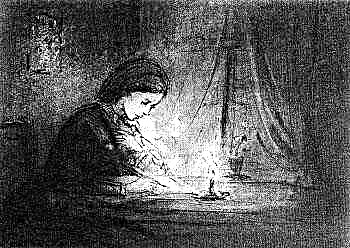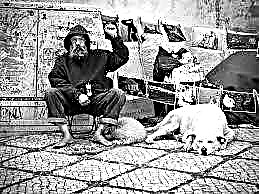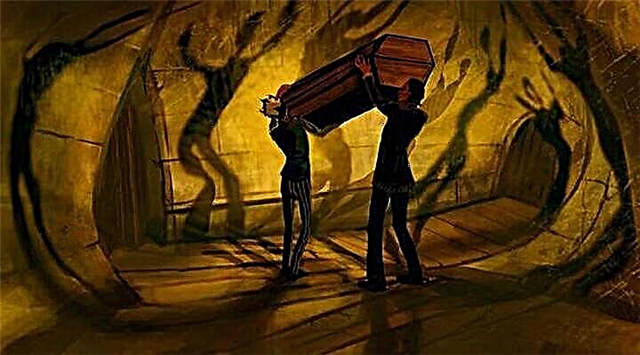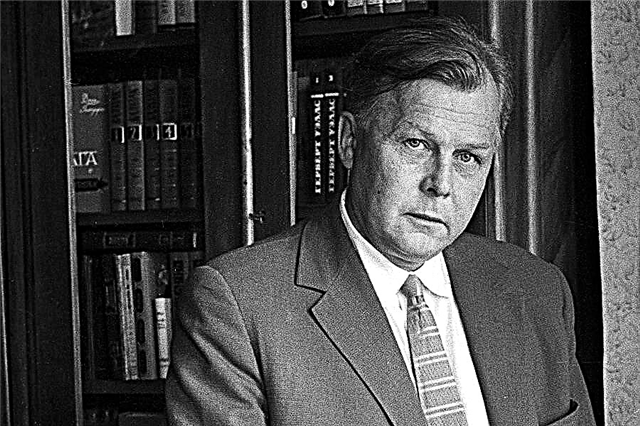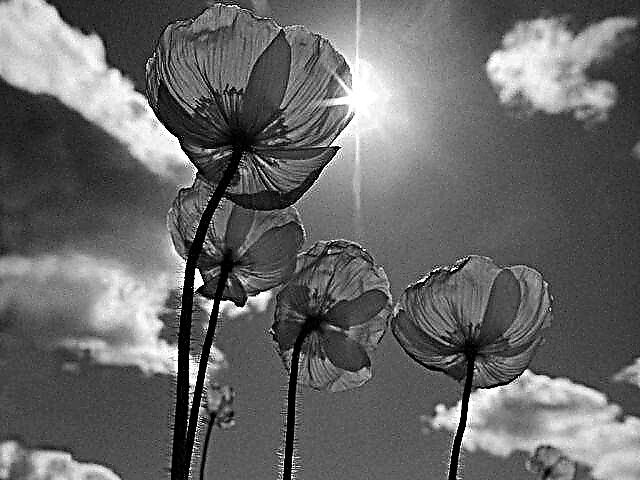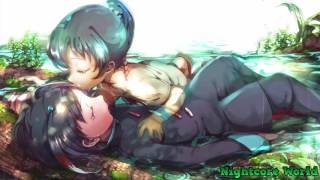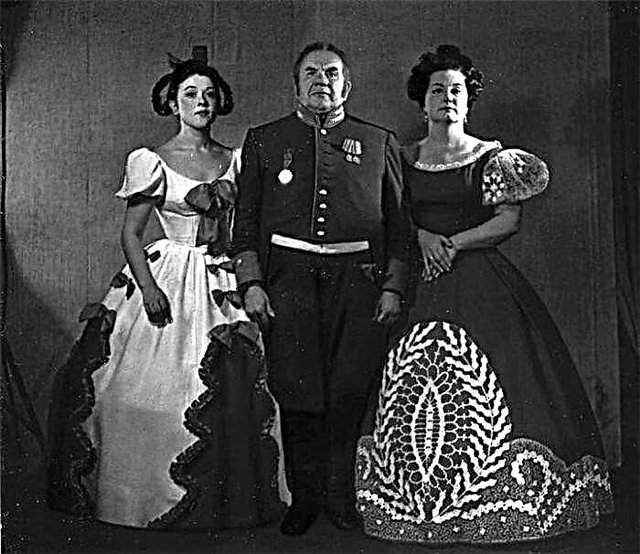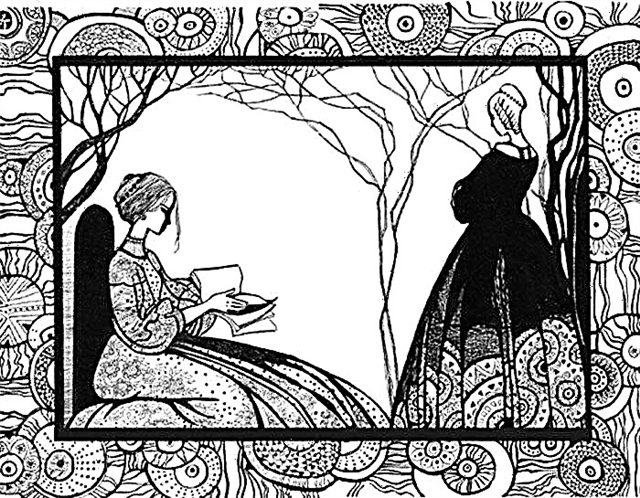(429 words) Nikolai Vasilyevich Gogol's story “The Overcoat”, as you know, is devoted to the problem of the “little man”. In the center of the plot is a completely ordinary situation. The petty official Akaky Akakievich Bashmachkin finally wears out the only old overcoat; he has to save money on tailoring a new one, denying himself the most necessary. The new overcoat also brings a new meaning to the existence of Bashmachkin, but soon the official is robbed on the street and he loses his precious robe. As a result, Akaki Akakievich dies of grief, helplessness and indifference of others, turning into a ghost and taking overcoats on the streets of St. Petersburg.
In the context of a brief plot, it becomes apparent that the title of the story is not only chosen in accordance with the theme of the work; it is, above all, symbolic. The overcoat becomes an important element of the narrative, the way in which the semantic unity of the whole text is closed.
It must be remembered that an overcoat is not just a coat, but an element of uniform for civil servants. For the main character, service was the only interest in life, and it seems that his old overcoat gradually merged with the hero so much that it became his second skin in contact with the entire surrounding world. At the same time, it has become a symbol of the restriction that a social role imposes on the life of Bashmachkin.
As soon as the hero has the opportunity to put on a new overcoat (that is, actually change old skin), he seems to begin to rethink himself and the world around him in a new way. His dreams and hopes associated with her allow the hero to grow above himself, to go beyond the boundaries of the familiar world. Such an acquisition seems ridiculously insignificant for those around him, but for the “little man” Akaky Akakievich this is a significant step forward.
The reader may also have a question: “If the hero was so inspired by the purchase of a new greatcoat, how could the hero have changed if he had a chance for a decent existence?”
It is difficult to give a definite answer. The overcoat is a contradictory symbol in its own way. On the one hand, it represents that new beginning that can transform the life of a hero, but which turns out to be inaccessible to him because of the injustice of society. On the other hand, the image of an overcoat can be perceived as a measure of the limited character of the hero, the narrowness of his world and thinking. Inspired by a new purpose and meaning, Bashmachkin dreams of a beautiful fur collar, and not of cardinal changes in his soul and life. The whole line of personality development in the eyes of the hero can be represented as a path from a cheap overcoat to a chic general's coat (which, by the way, already in the guise of bringing Bashmachkin takes off his offender).
Thus, the image of the greatcoat in Gogol's story becomes one of the central ones. It is a kind of connecting link between the hero and the world around him, society. The overcoat becomes a measure of the personality of the "little man", his second skin, created for him by society.
It seems fair to say that each of us has his own greatcoat. Reading the story of Gogol, we, in essence, meet our own reflection, for one completely fair, for the other - only a little distorted by the mirror of time and personal experience.

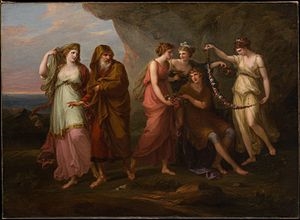
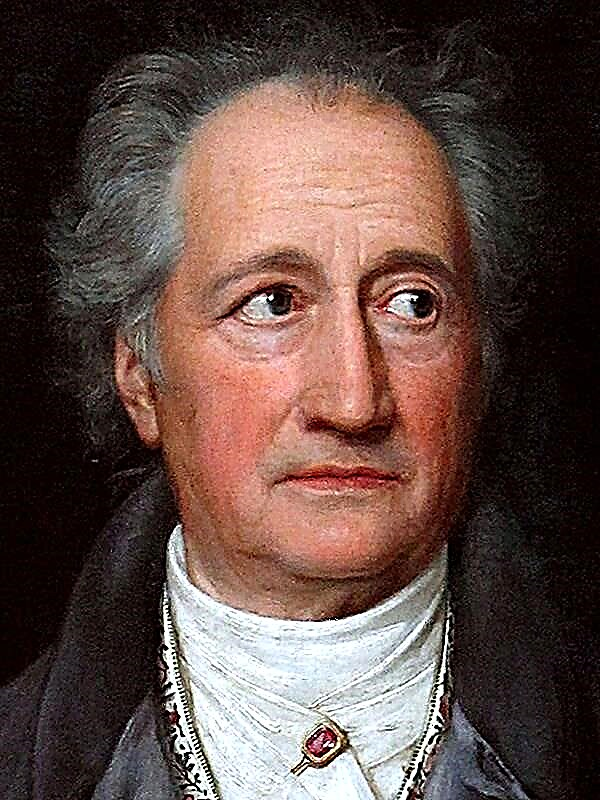 The years of wandering Wilhelm Meister
The years of wandering Wilhelm Meister